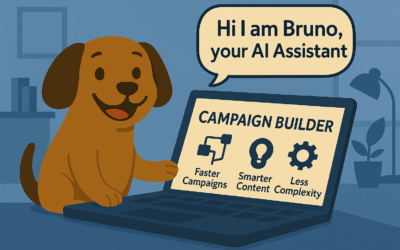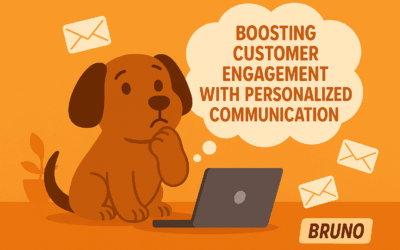The New Rules of Open Rates in 2025: Reading Between the Pixels
Open rates once stood as the digital marketer’s north star. In a click-hungry world, seeing your email marked “opened” meant your subject line worked, your timing was right, and your audience was engaged. But in 2025, things are no longer so simple.
Apple’s Mail Privacy Protection (MPP), introduced in 2021, has now matured into a fundamental disruptor. Its impact has rippled across all email platforms, fundamentally distorting open rate accuracy. If you’re still using open rates as your go-to KPI, it’s time to evolve. Here’s how.
Apple MPP: The Quiet Saboteur of Open Rate Truth
Apple MPP automatically preloads email content—often from proxy servers—before the user even sees it. This means emails can show as “opened” regardless of whether they were ever actually read. As a result:
- Open rates are inflated, especially among Apple Mail users.
- Time of open is meaningless, often showing as simultaneous for large batches.
- Location and device tracking are obscured, making segmentation based on behavior less effective.
In 2025, we’re seeing that up to 75% of reported opens in some segments may be artificial. And as MPP-like privacy features spread to other platforms and geographies, this distortion is becoming the default, not the exception.
Don’t Ditch Open Rates—Decode Them
Open rates are not obsolete, but they are no longer standalone truths. Here’s how to treat them in the modern landscape:
1. Segment Openers by Confidence
- High-confidence openers: Users who open and click. This group offers reliable engagement signals.
- Low-confidence openers: Opens with no further action. This includes likely MPP-generated opens.
Use this segmentation to build smarter engagement models, separating real human signals from proxy noise.
2. Correlate Opens With Other Metrics
- Pair open rates with:
- Click-through rates (CTR)
- Conversion data
- Website traffic post-send
- Tools like UTMs and web analytics platforms (e.g., GA4) provide richer context. A high open rate with stagnant site traffic? Likely MPP at play.
3. Measure Engagement Over Time
- MPP inflates opens immediately after send. Real engagement tends to have a natural curve.
- Track email activity over hours and days, not just minutes.
The 2025 Playbook for Privacy-Smart Email Marketers
To thrive in the post-open era, you need to evolve both your strategy and your metrics.
Prioritize Clicks and Conversions
Clicks are tangible. They reflect human intent. Refine your templates and CTAs to drive action beyond just the open.
Use Preference Centers and First-Party Data
Let subscribers tell you what they want. Build journeys based on their chosen content types, frequency preferences, and behavioral patterns—not artificial opens.
Rethink Automation Triggers
Avoid triggering journeys based on opens alone. Instead:
- Use clicks, form submissions, or product views.
- For re-engagement campaigns, consider combining time-since-click with purchase history.
Invest in Machine Learning for Pattern Recognition
Smart algorithms can help identify real signals among the noise. Machine learning models can analyze a mix of opens, clicks, and on-site behavior to create reliable engagement scores.
Beyond Vanity: Finding the Real KPIs That Matter
Open rates are increasingly a vanity metric—attractive but misleading. In 2025, marketers must adopt a multi-dimensional approach:
- Engagement Score: A composite of click, conversion, and time-on-site data.
- Retention & Loyalty: Measure LTV, repeat purchases, and churn reduction.
- Email Revenue Attribution: Connect sends to transactions, not just opens.
Final Thought: The Opportunity Behind the Obfuscation
Yes, MPP clouds the data. But it also pushes us to focus on meaningful connections. In the world of AI, privacy, and attention scarcity, we don’t just need metrics—we need truth.
By looking beyond opens and toward intentional, ethical, and data-smart marketing, 2025 can be your most insightful (and profitable) year yet.




